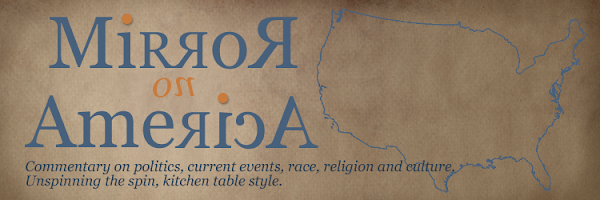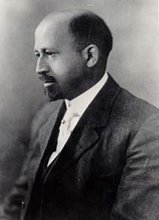From the Philadelphia Inquirer:
A historic high note that still resounds
By John Timpane
Inquirer Staff Writer
"I knew it was important because I could see the tears in my mother's eyes."
Rosemary Mixon Snow, 78, was 8 years old when her mother took her to hear Marian Anderson sing to a throng of 75,000 and a vast radio audience at the Lincoln Memorial on Easter Sunday, April 9, 1939. "I remember the feeling," Snow recalls. "There was just a very good feeling all around as she sang."
It was a watershed moment in the history of civil rights, and concerts in Washington and Philadelphia, the great contralto's hometown, will mark its 70th anniversary on Sunday.
Snow is traveling from Chicago, where she now lives, to join many other VIPs at Sunday's 3 p.m. celebration at the Lincoln Memorial. Her father, the Rev. John Lewis Snow, was among the clergy who lent their support to help make Anderson's performance possible.
Anderson hadn't originally planned to sing at the Lincoln Memorial, but in 1936, the Daughters of the American Revolution denied the African American singer permission to perform at their building in Washington, Constitution Hall, because of her race.
Walter White, then executive secretary of the NAACP, and the association's chief litigator, Charles Hamilton Houston, joined forces with local clergy and activists. Blacks and whites came together to form the Marian Anderson Citizens Committee to keep the pressure on. First lady Eleanor Roosevelt publicly canceled her DAR membership and worked with Secretary of the Interior Harold Ickes to set up Anderson's timeless moment at the feet of the statue of Lincoln.
It took three years to arrange the Lincoln Memorial performance.
Rest of article at link above.

Another article of note from The Washington Post:
A Singer's Chorus
As a Labor of Love, a Society of Two Keeps Marian Anderson's Voice Alive
By Wil Haygood
Washington Post Staff Writer
Thursday, April 9, 2009; Page C01
PHILADELPHIA
Both ladies move about rather gingerly. It's all the years behind them. It's the long struggle on behalf of their Marian.
Blanche Burton-Lyles and Phyllis Sims are fiddling with the coffee maker in Marian Anderson's kitchen. "Marian had this whole kitchen put in -- even the bars around the windows -- and it's still quite nice," Burton-Lyles says, moving from the kitchen to a room where there is a life-size portrait of the famous singer.
"What's this?" she says to Sims, picking up a stack of mail. "My goodness. It's the phone bill! Look at this. We gotta pay the phone bill, Phyllis. Folks downtown will turn the phone off!"
Sims shakes her head. It's been a hard road keeping up Anderson's home. Both women, who met the famous opera singer as children, visit the museum site daily. "Ain't nobody gonna turn the phone off," she sighs.
The great contralto used to live in this two-story house at No. 762 on South Martin Street, now known as Marian Anderson Way. She entertained in the basement during those inhospitable years of segregation when she feared what unkind words might ricochet her way in the city's downtown eateries.
The world didn't care much about blocks like this or the people who lived on them before Marian Anderson trooped down to Washington to give a concert at the Lincoln Memorial -- arguably the most famous concert in the city's history.
You might say she sang her way to freedom that day.
Rest of article at link above.

















No comments:
Post a Comment